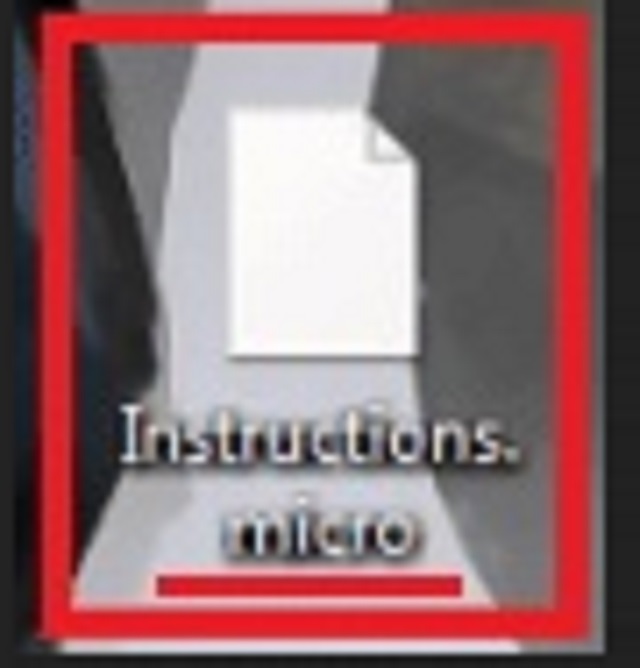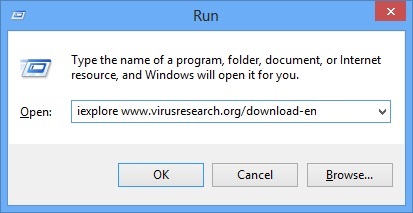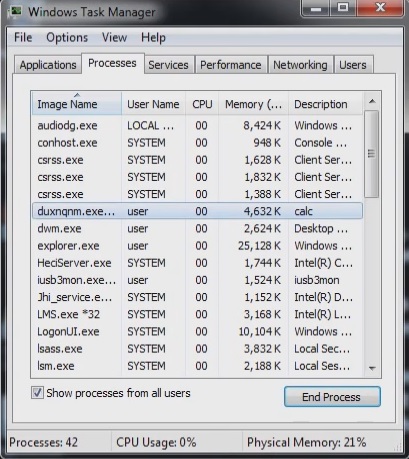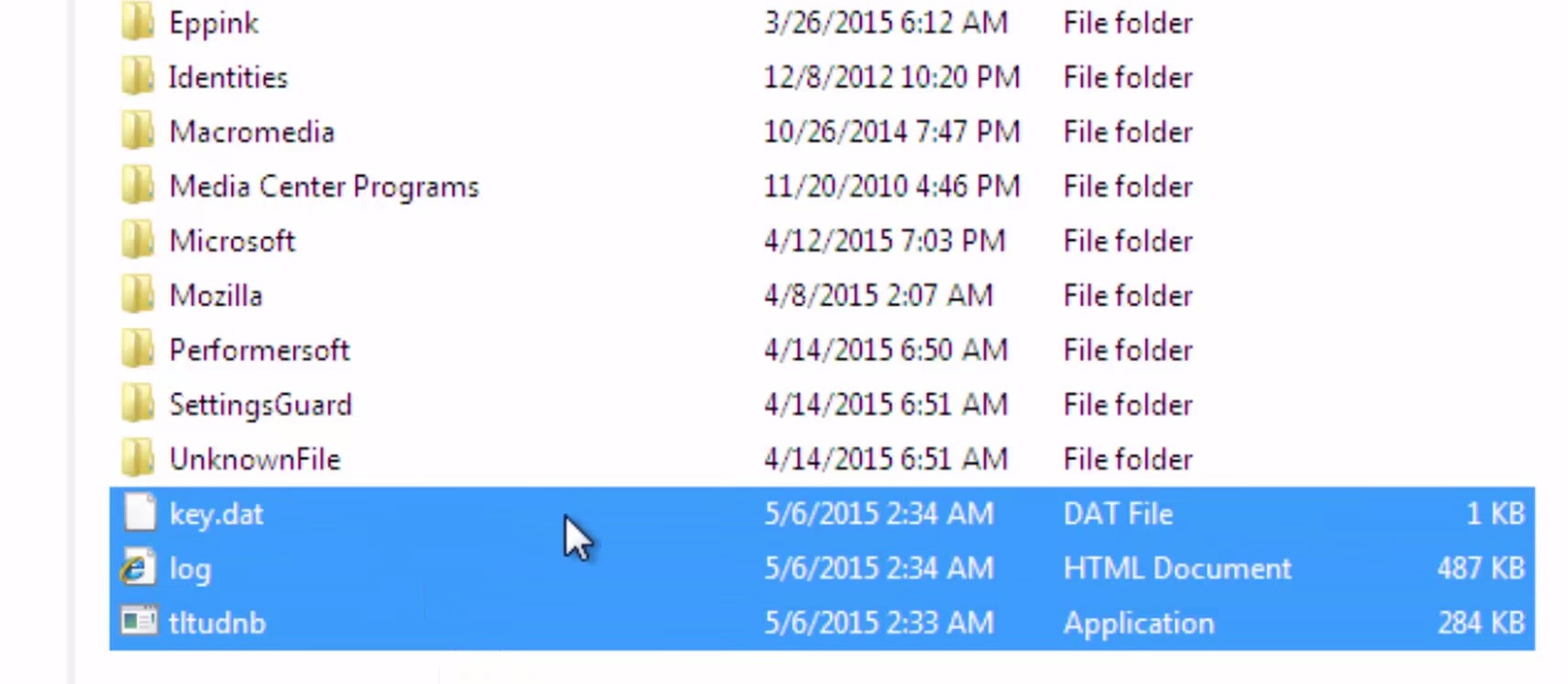Please, have in mind that SpyHunter offers a free 7-day Trial version with full functionality. Credit card is required, no charge upfront.
How to Remove Micro File Extension Ransomware?
The .micro file extension is a clear sign for trouble at a macro level. It only means one thing – your computer has been recently infected with a parasite. And not just any parasite. You’ve somehow managed to install one of the nastiest types of viruses you could possibly stumble across – ransomware. The particular infection that’s currently harassing you belongs to the TeslaCrypt family and doesn’t deviate from the classic ransomware pattern. Firstly, it slithers itself onto your machine using stealth. Once the virus successfully invades the PC system, it performs a full scan searching for data with specific file extensions. That includes music, private pictures, business documents, videos and other personal (not to mention, probably valuable) information you have stored on the computer. Ransomware is extremely virulent and infects various files of various formats. What the virus does is, it changes the format of the target file thus making it unreadable. You will notice a new random .micro extension and your computer can’t recognize it, therefore, the machine can no longer read your files. You see, that is precisely what hackers aim for. Using a complicated encrypting algorithm, the virus infects most of your personal data in a very efficient way. That means you can’t view or work with your files because due to the parasite’s manipulations, they are now practically inaccessible. Ransomware locks out your access to your very own data and, as if that wasn’t enough, asks for a ransom afterwards. Yes, the one and only reason why hackers keep developing these programs is to steal your money. You can see how extremely efficient ransomware parasites could be in the blackmail department because many PC users panic when they see most of their files getting encrypted out of the blue. We have to admit the entire ransomware scheme is quite clever but might have catastrophic consequences for you. As we mentioned, after the virus encrypts your data and adds the .micro file extension, it leaves a ransom message. Hackers try to convince you that in order to regain access to your infected information, you have to pay a certain sum of money first. And it’s usually not a small one. What crooks promise you in exchange for your money is a highly questionable decryption key – a unique combination of symbols that should allow you to recover your files. It goes without saying that this is a scam because cyber criminals aren’t particularly honorable people. It’s very likely that you will both pay the random AND remain unable to decrypt your data. Therefore, paying the money crooks demand simply isn’t an option.
How did I get infected with?
Have you recently visited unreliable websites? Or maybe you have clicked open some spam email-attachment or a spam message? Remember, there are numerous infiltration methods out there and hackers constantly keep coming up with fresh ideas to cause your PC damage. For example, freeware/shareware bundling is an incredibly popular distribution technique at the moment so we recommend that you pay close attention to the bundled programs you install. Keep in mind that even a single moment of negligence and haste could result in some long, long hours fighting a vicious virtual parasite. To avoid such a nasty scenario, always keep an eye out for potential infections and don’t overlook the great variety of threats you might come across online. Ransomware is a particularly stubborn, resourceful and virulent kind of infection so it’s definitely worth it to protect your computer from it. Don’t allow hackers to fool you; instead, take your time when installing software and avoid suspicious-looking web links. Caution pays off in the long run; it’s key for your cyber safety that you remember it well.

Why is this dangerous?
Thanks to the parasite’s trickery, an immense part of your private files are now held hostage. You constantly see some aggravating ransom note generated by the virus claiming that you have to pay money unless you want to lose your files forever. All in all, hackers attempt to charge you for the luxury to use your very own data. In which parallel universe does that sound fair to you? Ignore the message and make sure you don’t get involved in hackers’ cyber fraud. Do not contact cyber criminals and do not make the crucial mistake to give them your money. This doesn’t guarantee you anything. Even though hackers are supposed to provide a decryption key after you follow their rules, you should know better than to make a deal with crooks. As long as your files have the malicious .micro file extension, they are inaccessible but you can at least save your money. Don’t make an already bad situation even worse. Now, enough about the parasite’s tricky ways; let’s talk solutions. If you want to delete this pesky ransomware infection manually, please follow the detailed removal guide that you will find down below.
Micro File Extension Removal Instructions
Please, have in mind that SpyHunter offers a free 7-day Trial version with full functionality. Credit card is required, no charge upfront.
STEP 1: Start Your Computer into Safe Mode with Networking
- Make sure you do not have any floppy disks, CDs, and DVDs inserted in your computer
- Restart the computer
- When you see a table, start tapping the F8 key every second until you enter the Advanced Boot Options

- in the Advanced Boot Options screen, use the arrow keys to highlight Safe Mode with Networking , and then press ENTER.

- Once the operating system loads press simultaneously the Windows Logo Button and the R key.
- A dialog box should open. Type iexplore www.virusresearch.org/download-en
- Internet Explorer will open and a professional scanner will prompt to be downloaded
- Run the installer
- Follow the instruction and use the professional malware removal tool to detect the files of the virus.
- After performing a full scan you will be asked to register the software. You can do that or perform a manual removal.
Remove Micro File Extension malware Manually
Open your task Manager by pressing CTRL+SHIFT+ESC keys simultaneously
Locate the process of the Ransomware. Have in mind that this is usually a random generated file.
Before you kill the process, type the name on a text document for later reference.
Navigate to your %appdata%/roaming folder and delete the executable.
- Open your Windows Registry Editor and navigate to
HKCU\Software\Tttsoft\Windows\CurrentVersion\Run:meryHmas
HKLM\Software\Tttsoft\Windows\CurrentVersion\Run:meryHmas
- delete the value meryHmas
HKCU\Software\[random]
HKCU\Software\xxxsys
- Delete those registry keys as well.
Please, have in mind that the names in your machine might be different as they might be generated randomly, that’s why you run the professional scanner to identify the files.
It is always a good idea to use a reputable anti-malware program after manual removal, to prevent this from happening again.






